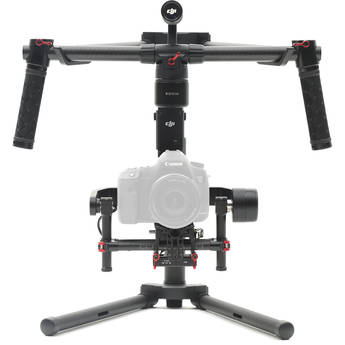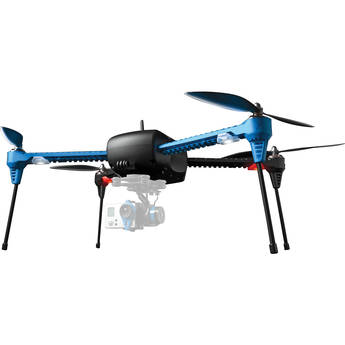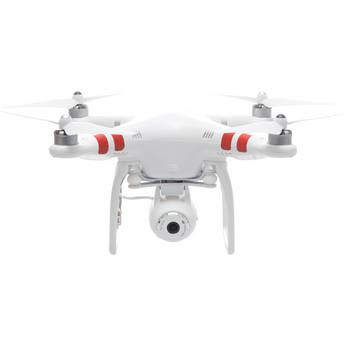The flagship Legria HF G30 camcorder packs high-specification optics, sensor, and stabilizer, plus Wi-Fi connectivity, into a compact body; it is ideal for enthusiasts to match their creativity, allowing them to capture professional quality videos.
The Intelligent Image Stabilisation combats camera shakes, by automatically selecting the right optical image stabilization from 4 moves to counteract movement and prevent blur. The advanced dynamic mode corrects roll and tilt movements that can occur when walking, ensuring sharp steady videos in every situation.
The Instant Auto Focus provides fast and accurate focusing for razor-sharp HD quality. Face detection automatically optimises camcorder settings for perfectly-focused and exposed shots of people.
Other Features:
● 20x zoom, 26.8mm wide-angle lens; 8 blade circular aperture
● Control settings remotely and share video with Wi-Fi
● Simultaneous recording of AVCHD and MP4
● Canon HD CMOS PRO sensor
● Full manual control
● 8.8cm OLED touch screen
To learn more about the Canon Legria HF G30 camcorder, and make a purchase, click here: http://slrhut.co.uk/product/ID575C7/view








.jpg)